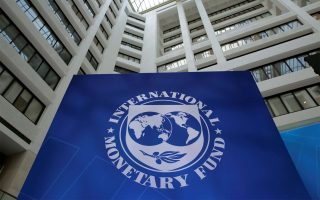The International Monetary Fund (IMF) has recently revealed that the African region faces a projected financing gap of $345 billion through 2023. This was disclosed at a conference where Kristalina Georgieva, IMF’s Managing Director cited the additional 2.5 percent of gross domestic product governments in the region have spent an on average to help their populations.
In 2019, the World Bank group listed factors such as a slowdown in fixed investment and policy uncertainty in the global economy as major hurdles that were likely to stall economic growth in the region to 0.2 percent between 2019-2021. This came after the USA and China, the region’s key business partners, imposed new tariffs on each other’s goods as part of a long-running dispute over Beijing’s trading practices.
Fast forward to 2020, and the COVID-19 (coronavirus) pandemic has further deepened Africa’s economic growth prospects. According to a recent report, the World Bank stated that the pandemic is expected to drive a 3.3 percent contraction in African economies, particularly sub-Saharan Africa in 2020. This it said could push 40 million people into extreme poverty.
Apart from the impact of the pandemic, some parts of the region have experienced a number of natural disasters that have already threaten food security. They include a locust invasion in the Southern African region and recent floods in parts of Southern and Eastern Africa.
Currently, vaccines to tackle the new coronavirus have not been found. “The pandemic will not be over anywhere until it is over everywhere,” said Georgieva.
Calling for more collaborations and support to strengthen Africa in the face of the coronavirus induced recession, the IMF Director also added that “all of us, countries and institutions, must do more to support Africa to cope with the next phase of this crisis.”
While many African governments are adjusting their budgets, the IMF has projected a $1.2 trillion financing gap from now through 2023. According to Georgena, commitments from international lenders and official bilateral creditors would cover less than a quarter of the projected needs, with limited private lending, leaving the projected $345 billion funding gap.








